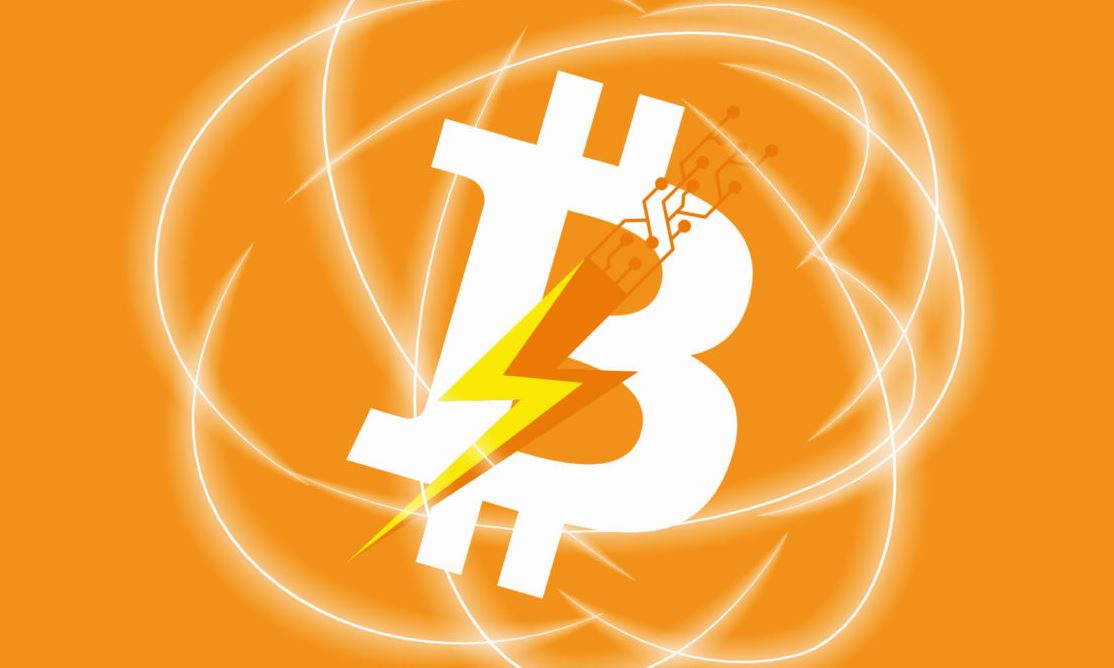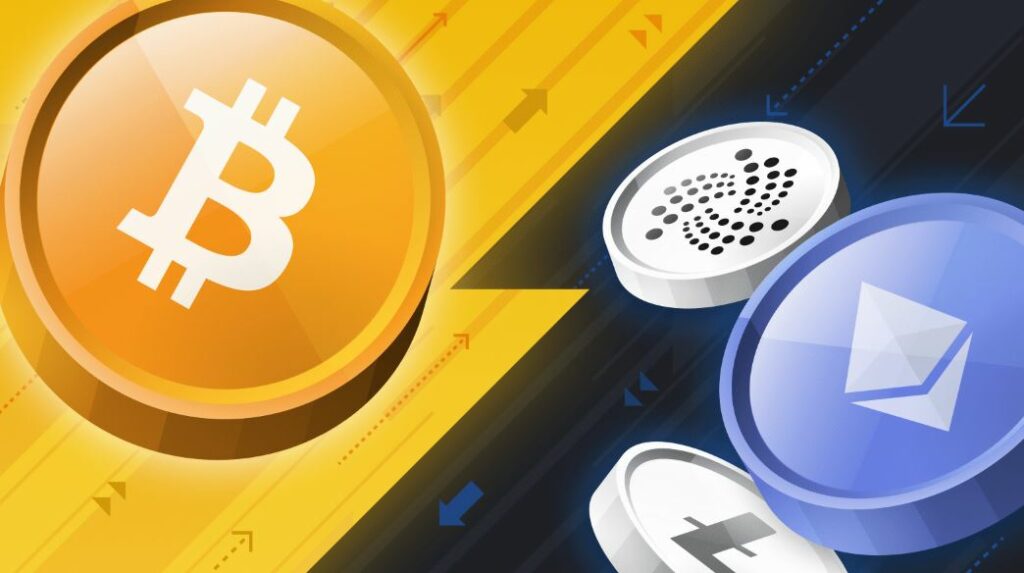
As more entities embrace the Lightning Network (LN), AMPs are shifting from being mere add-ons to becoming integral components of the network’s infrastructure.
Simultaneously, as experts delve deeper into this domain, there is a growing anticipation of advanced strategies and mechanisms on the horizon, poised to further refine and elevate payment processes within the decentralized finance landscape.
There are many fake or fraudulent cryptos on the market; therefore, use only the most trusted platforms, such as the Quantum Astral.
What are Atomic Multi-Path Payments (AMPs)?
At the foundation of AMPs lies the capability to fragment a Bitcoin transaction into several smaller components.
Each of these components then independently navigates through the Lightning Network (LN), ensuring it finds the most suitable path.
Unlike traditional single-route payments that can be hampered by liquidity challenges or various network limitations, AMPs operate on a more dynamic paradigm.
They tap into multiple routes, amplifying the dependability of LN transactions.
This multipath approach not only boosts transaction success rates but also optimizes costs by capitalizing on the most economical channels available.
Decentralized Routing: A Core Feature of AMPs
In LN, payments must find a route through a mesh of nodes. This routing becomes intricate when considering the optimal path and transaction fees.
AMPs inject greater flexibility into this process. They allow a payment to be fragmented, with each part charting its course, ensuring a balance between speed and minimal fees.
This decentralized approach to routing underscores the very ethos of blockchain: decentralization.
Overcoming Limitations of Single Payment Channels
In the traditional Lightning Network (LN), single-path payments can face challenges, particularly concerning channel liquidity, which can be especially problematic for larger transactions.
To illustrate, consider the scenario where Alice intends to send 1 BTC to Bob, but her direct channel with Bob only has a capacity of 0.5 BTC. In such cases, the transaction would normally fail due to insufficient funds in the channel.
However, Atomic Multi-Path Payments (AMPs) offer an elegant solution by breaking down the transaction into smaller parts and routing them through multiple channels.
This ingenious approach ensures the successful completion of the transaction by effectively leveraging the combined capacities of multiple channels, overcoming the liquidity limitations that can impede single-path payments in the LN.
AMPs and Altcoin Networks: A Synergetic Relationship
AMPs aren’t just limited to Bitcoin. Their mechanism holds the potential to catalyze cross-chain transactions, wherein altcoins could benefit from similar multi-path payments. Imagine seamlessly transacting between Ethereum and Litecoin networks, utilizing AMPs’ routing capabilities.
This cross-network synergy could amplify altcoin adoption and network efficacy.
Technical Challenges and Innovations
Implementing AMPs isn’t without its challenges.
Ensuring atomicity—where all fragmented payments either succeed or fail as a collective—is paramount. This avoids situations where only a fraction of the intended amount reaches the recipient.
Innovations and cryptographic solutions, like hash time-locked contracts, have emerged to counteract potential double-spending issues and uphold the integrity of AMPs.
Real-world Applications and Implications
The implications of AMPs stretch far beyond just the tech-savvy crypto enthusiasts.
For e-commerce platforms that accept cryptocurrencies, AMPs can enhance transaction success rates, even during peak network traffic.
Additionally, global remittances, often plagued by delays and hefty fees, can experience unprecedented efficiency with AMPs in the picture.
Potential Drawbacks and Concerns
Like all technologies, AMPs have their set of challenges. As the LN grows and becomes more complex, ensuring effective decentralized routing for AMPs becomes an intricate puzzle. There’s also the ever-present concern of security.
As solutions are developed to enhance AMP functionality, they must be rigorously tested to ensure they don’t introduce new vulnerabilities to the system.
Looking Ahead: The Future of AMPs
In the swiftly changing landscape of the cryptocurrency world, the significance of AMPs is undeniably expanding.
With an increasing number of entities adopting the Lightning Network (LN), the status of AMPs is transitioning from merely an additional feature to becoming a cornerstone of the network.
Concurrently, as experts delve deeper into this arena, there’s an expectation for the emergence of advanced strategies and mechanisms, aiming to refine and enhance the payment processes within decentralized finance.
Conclusion
Atomic Multi-Path Payments are transforming the routing of transactions in the Bitcoin Lightning Network and other altcoin networks.
As the decentralized finance landscape evolves, integrating innovations can offer a deeper insight into the crypto domain, while AMPs lead the way to a streamlined and inclusive financial future.








